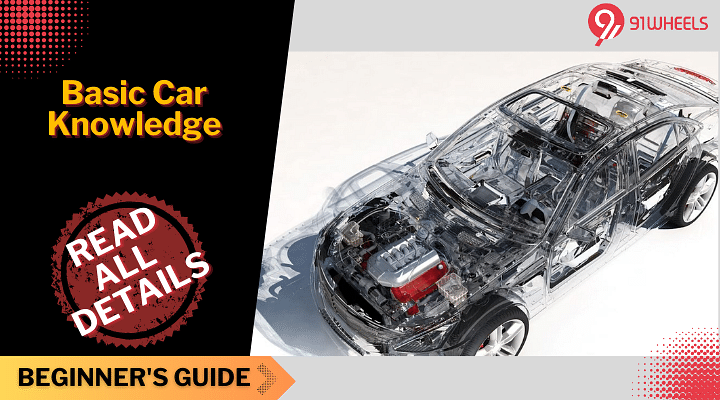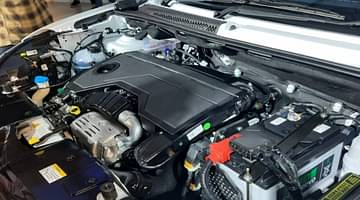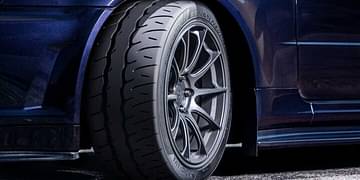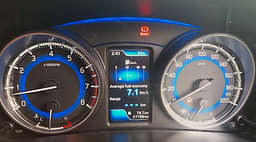
KEY HIGHLIGHTS
- Essential Components: Understand engine, transmission, wheels, and brakes for smoother driving.
- Fluid Maintenance: Regular checks of oil, coolant, and brake fluids ensure optimal performance.
- Safe Driving Habits: Buckle up, signal, and maintain safe distances for responsible driving.
Basic Important Aspects of a Car
A car is a complex mechanism that serves as more than just a mode of transportation, with various systems working together to provide a safe, efficient, and comfortable experience. By gaining basic knowledge about these aspects, you will not only be able to make informed decisions when buying or maintaining a car but also enhance your overall driving experience.
Engine
The heart of a car is its engine. Most cars on the road today have internal combustion engines that run on either gasoline or diesel fuel. The engine converts fuel into mechanical energy, propelling the car forward. It consists of several components, including cylinders, pistons, spark plugs, and a crankshaft. Additionally, being aware of horsepower, torque, and fuel efficiency ratings will help you comprehend a car's performance capabilities and make informed decisions when selecting a vehicle.

Transmission
The transmission is responsible for transferring power from the engine to the wheels. Most cars have either manual or automatic transmissions. Manual transmissions require the driver to shift gears manually using a clutch pedal, while automatic transmissions shift gears automatically based on speed and engine RPM.
Alternators
The alternator is a key component of a vehicle's electrical system. It works alongside the battery to generate electrical power and supply it to various electrical components while the engine is running. The primary function of the alternator is to convert mechanical energy from the engine into electrical energy. It achieves this through electromagnetic induction.
Radiators
The radiator is a crucial component of a vehicle's cooling system that helps maintain the engine's optimal operating temperature. It plays a vital role in dissipating heat generated by the engine to prevent overheating. The primary function of the radiator is to remove excess heat from the engine coolant. As the engine runs, it generates a significant amount of heat. The coolant absorbs this heat and circulates through the engine, picking up more heat along the way. When the heated coolant reaches the radiator, the radiator's design and construction facilitate the transfer of heat to the surrounding air, icing the coolant.
Muffler
The muffler, also known as a silencer or exhaust muffler, is an important component of a vehicle's exhaust system. Its primary function is to reduce the noise produced by the exhaust gases expelled from the engine. As the high-pressure exhaust gases exit the engine, they pass through a series of chambers or baffles inside the muffler. These chambers are designed to create turbulence and reflection, which help to cancel out or dampen the sound waves
Drivetrain
The drivetrain determines whether a car is a front-wheel drive, rear-wheel drive, or all-wheel drive. In front-wheel drive cars, power is transmitted to the front wheels, providing better traction in most driving conditions. Rear-wheel drive cars send power to the rear wheels, offering a more balanced weight distribution and better handling. All-wheel drive cars distribute power to all four wheels, providing enhanced traction and stability.
Suspension System
The suspension system includes components that support the weight of the car and absorb shocks from the road. It consists of springs, shock absorbers, and various linkages. A well-maintained suspension ensures a smooth and comfortable ride, as well as improved handling and braking.
Brakes System
The braking system allows the driver to slow down or stop the car. Disc brakes are the most common type of brakes found in modern cars. They use friction to slow down the rotation of the wheels. Brake pads press against the brake discs to create this friction, converting kinetic energy into heat.
Tires
Tires are crucial for traction and safety. They provide grip on the road surface, allowing the car to accelerate, brake, and turn effectively. Maintaining proper tire pressure and regularly checking tread depth for optimal performance, and avoiding accidents are important. Tires are typically made up of several layers. The innermost layer is the carcass, which consists of fabric or steel cords that provide strength and shape to the tire. On top of the carcass is the belt package, consisting of steel or fabric belts that improve stability and puncture resistance. The outermost layer is the tread, which comes into direct contact with the road and provides traction.

Clutch System
The clutch system in a car is an essential component that allows for smooth gear shifting and the transfer of power from the engine to the wheels. It is primarily found in vehicles with manual transmissions, where the driver manually engages and disengages the clutch to control the transfer of power. The clutch system consists of several key parts, including the clutch pedal, clutch disc, pressure plate, release bearing, and flywheel.
Fuel Tank
The fuel tank is a key component of a vehicle's fuel system, responsible for storing and supplying the fuel needed for the engine to operate. The primary function of the fuel tank is to store the fuel, usually gasoline or diesel, that powers the vehicle's engine. It acts as a reservoir, holding a certain capacity of fuel that can vary depending on the vehicle's make and model.
Batteries
The battery in a car serves as a crucial component responsible for supplying electrical power to various systems and starting the engine. Typically, automotive batteries are rechargeable and store chemical energy that is converted into electrical energy when needed. Car batteries are primarily lead-acid batteries consisting of lead plates immersed in an electrolyte solution of sulfuric acid. They are designed to have a certain capacity, commonly measured in ampere-hours (Ah), which indicates the amount of electrical charge they can store. They also have a voltage rating, typically around 12 volts, which is the standard operating voltage for most automotive systems.
Safety Features
Safety features are integral to every car, providing protection to occupants in the event of an accident. Become acquainted with essential safety components such as seat belts, airbags, anti-lock braking systems (ABS), electronic stability control (ESC), and collision mitigation systems. Knowing how these features function and their importance can contribute to safer driving and help you select a car with robust safety features.
Interior Features
The interior of a car plays a crucial role in providing comfort and convenience. Explore seating comfort, climate control systems, infotainment features, navigation systems, connectivity options, and driver-assistance technologies. Understanding these interior aspects will enhance your driving experience and make your time on the road more enjoyable.
Maintenance and Service
Regular maintenance and service are essential for optimal car performance and longevity. Familiarize yourself with basic maintenance tasks like oil changes, filter replacements, tire rotations, and inspections. Understanding the importance of regular maintenance schedules and recognizing signs of potential issues will help you keep your car in top condition.
Fluids
Cars require various fluids to function properly. The most important ones include engine oil, coolant, brake fluid, and transmission fluid. Regularly checking and replacing these fluids is essential for maintaining the car's performance and longevity.
Verdict
By gaining a comprehensive understanding of the important aspects of a car, you empower yourself as a driver. Knowledge about the engine, transmission, safety features, suspension, braking, tires, fuel efficiency, interior features, and maintenance ensures informed decision-making when buying, driving, and maintaining a car. Appreciating the interplay between these aspects enhances your overall driving experience, providing safety, comfort, and performance. So, dive into the world of cars, explore their intricacies, and become a more confident and knowledgeable driver.
Stay up to date with all the automotive news and updates by joining our 91Wheels Whatsapp Group today!


















































